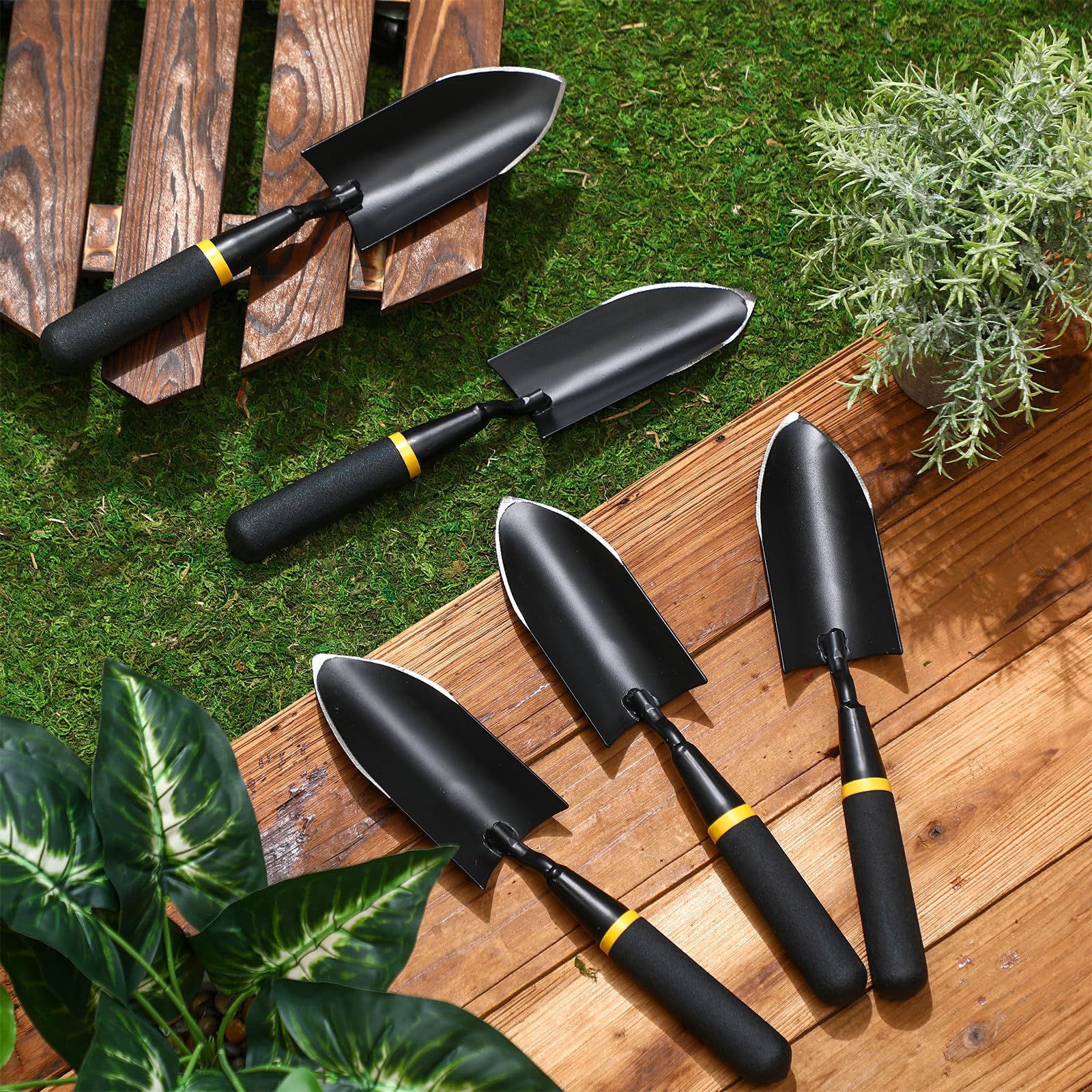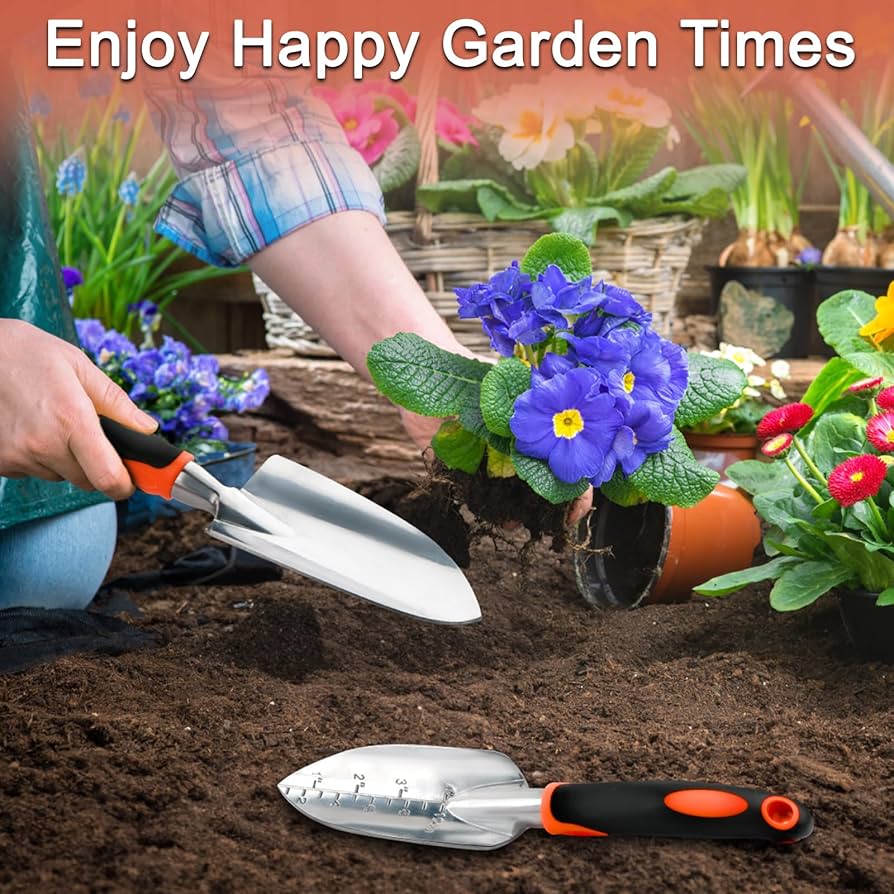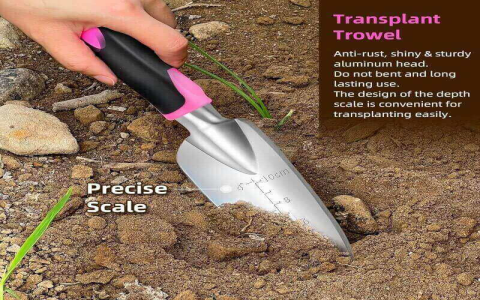So, I got really into my garden a couple years back. Wasn’t planned, just sort of happened after I found myself with more time on my hands than I knew what to do with. Needed something to keep my hands busy, you know? Started small, couple of pots, then a small patch in the backyard. And let me tell you, the first tools I had were just… sad. Cheap plastic things, probably came free with something else.
The Snap Heard ‘Round the Yard
I remember this one afternoon, wrestling with this stubborn dandelion root. Thing was like concrete. I jammed that flimsy little hand shovel I had under it, gave it a good heave, and… SNAP! The plastic handle just gave up. Flew right off. Nearly took my eye out. Stood there looking at the broken handle in one hand, the useless blade stuck in the dirt in the other. That was it. I thought, “Nope, gotta get something proper.” Cheap tools just make you angry, waste your time.

Down the Rabbit Hole of Shovels
Next Saturday, I headed down to the local garden place. Man, they had a whole wall of hand shovels, trowels, cultivators, you name it. All shapes, sizes, materials.
- Some were fancy stainless steel, looked real nice.
- Others were coated metal, probably cheaper.
- Handles were wood, plastic, some with rubber grips.
I started picking them up. Feeling the weight. Some felt solid, like they could actually dig. Others felt like that piece of junk I just broke. I poked around, trying to figure out what made one better than another. Wasn’t sure exactly what I needed, just knew I wanted something that wouldn’t break if I looked at it wrong.
Trial and Error in the Dirt
I ended up buying two different ones that first trip. One had a wider blade, felt sturdy, good for scooping soil. The other was narrower, pointier – they called it a transplanter, I think. Figured I’d cover my bases.
Got them home and put ’em straight to work. The wider one was great for digging bigger holes for new plants, moving mulch around. Real solid feel, didn’t bend even in my kinda clay-heavy soil. The handle was wood, felt okay at first.
The narrow one, the transplanter? Game changer for weeding and planting smaller stuff, like bulbs. Could get right in there, loosen the soil precisely without disturbing everything else. Its blade seemed sharper too.
After a few weekends though, I noticed the wooden handle on the wide shovel wasn’t super comfortable for long digging sessions. Started to feel a bit rough. The transplanter had a rubbery grip handle, much nicer on the hands, especially if things got a bit damp.
What I Stick With Now
So, over time, I’ve sort of settled on what works for me. I learned you need to pay attention to a few things:

- The Tang: That’s the metal part that connects the blade to the handle. Make sure it runs deep into the handle, or it’s welded on solid. That’s usually the weak spot. Full tang is best, feels way stronger.
- The Blade Material: Stainless steel is nice, doesn’t rust easily. But good quality carbon steel holds an edge well if you keep it clean. Avoid flimsy, thin metal.
- The Handle: This is personal. Wood looks classic, but check the finish. Plastic can be durable but check for solid construction. Those ergonomic rubber grips? Yeah, they actually make a difference if you’re gardening for more than ten minutes.
- Shape Matters: A wider scoop is good for moving soil. A narrower, pointier blade is better for digging in tight spots or breaking up tough ground. Having both is useful.
Now, I’ve got a couple of go-to hand shovels. One sturdy, wide stainless steel one with a comfy grip handle for general grunt work. And that narrow transplanter – I actually got another one just like it because I use it so much. They weren’t the absolute cheapest, but definitely not the fanciest either. Just solid, reliable tools.
It’s funny, something as simple as a decent hand shovel made a huge difference. Less fighting with the tools, more just enjoying being out there, digging in the dirt. Takes away that little bit of frustration, you know? And my hands feel better afterwards too. Worth spending a few extra bucks to avoid another handle snapping off mid-weed.





















